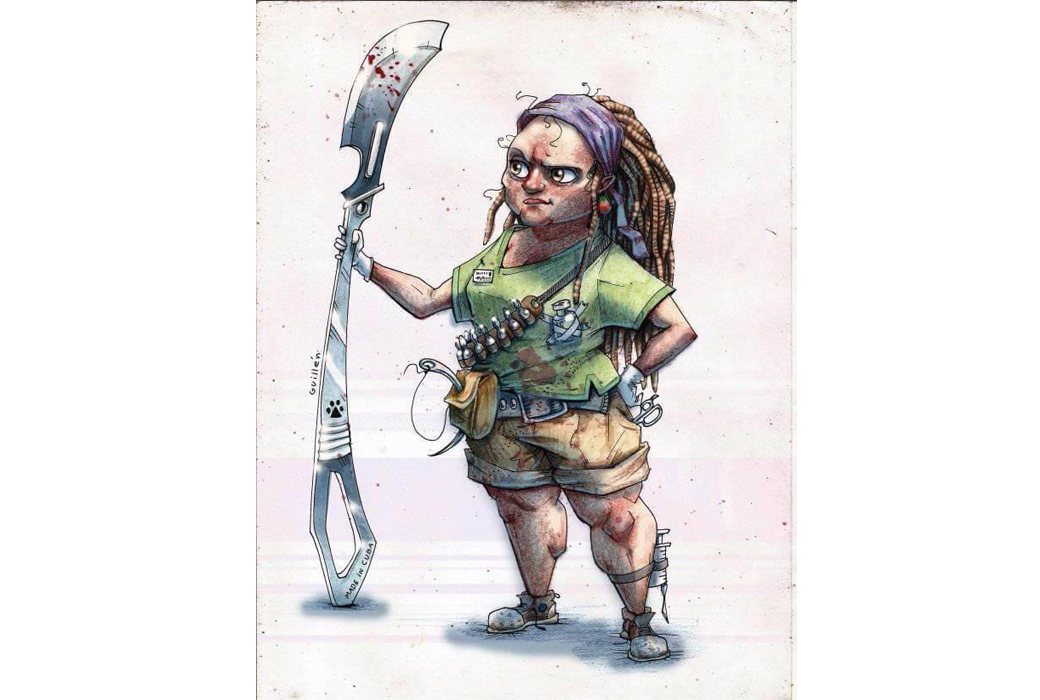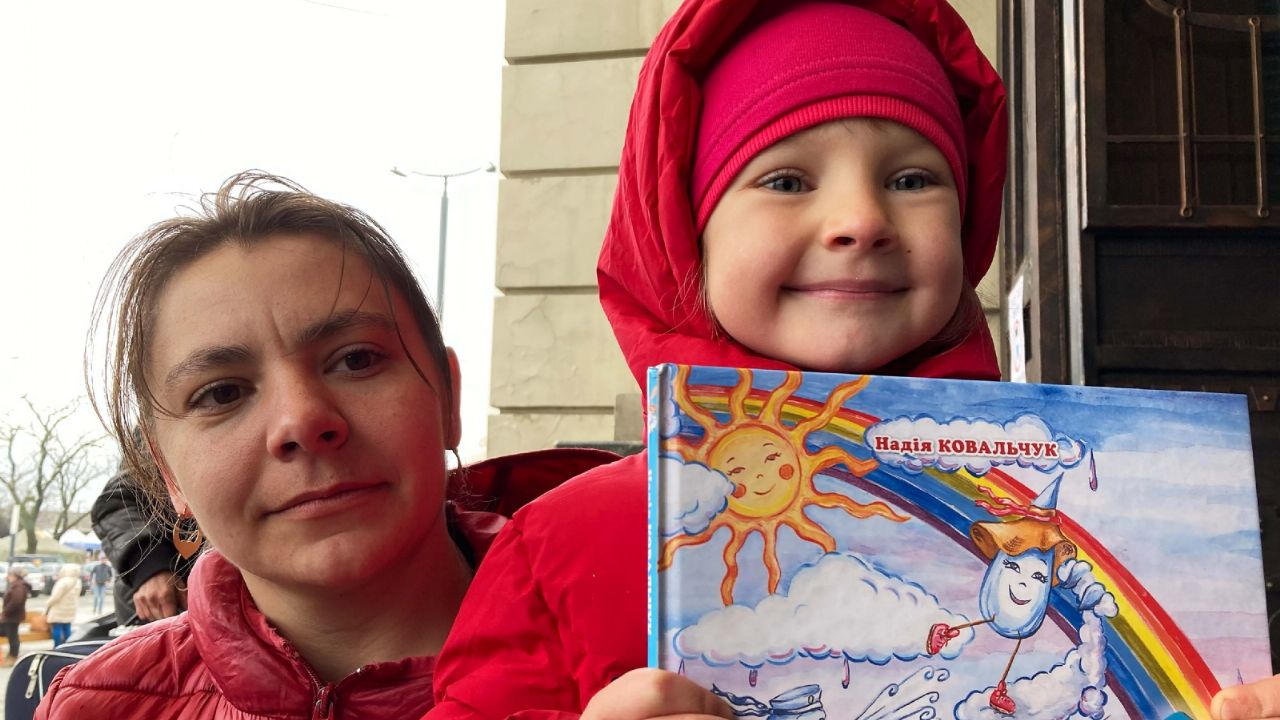Through social networks, a movement has become known in Cuba that advocates for animal welfare and that has been flowing for decades, hand in hand with people who care about the situation of the street. Many of these people take in countless homeless animals in their homes and often share minimal living conditions with them. A group of neighbors who voluntarily care for the building’s cat colony. A lady who religiously carries in a bag the food of five dogs that roam the neighborhood park. A group of boys who help run over or badly injured animals; they take them in and take care of them temporarily to later give them up for responsible adoption. A veterinarian who offers free services to the strays from the heart. An honest man who donates any material good that serves the cause.
The protector, as we constantly see him in Cuba, is that zealous activist who protects, or tries to protect, all the animals that are in a situation of need and mistreatment. They are very passionate activists moved by great empathy and intense love. These have been around for as long as animals have been hungry and needy on the streets, no doubt about it. But clearly there is a precedent, Jeannette Ryder, that American philanthropist living in Cuba who, at the beginning of the 20th century, founded the “Society for the Protection of Children, Animals and Plants”, known as the “Bando de Piedad”; society that was in force until some time after the triumph of the Revolution and that inspired today’s solutions for the situation of unprotected animals. Jeannette Ryder was a great woman to whom many protectors in Havana pay homage every year in the Colón cemetery.
In the 1980s, the National Association for the Protection of Animals and Plants (ANIPLANT) and then, around 2010 and 2016, groups like City Animal Protection (PAC) and Cubans in Defense of Animals (CEDA) after a group of protectors came together to ponder how to solve the problems of stray animals. This last group was derived from the first.
Thus, new organizations have been born spontaneously. The fact that the problem of stray animals persists is what means that there are more and more protectors and more groups of volunteers willing to dissolve it. This is not a homogeneous phenomenon, since it does not cover the entire national territory. It is a network of people who have a common cause and act depending on their possibilities, they are grouped into small organizations and offer solutions to their strays independently of other groups, but in the end they are common solutions to the animal problem, as they are vaccination, sterilization, deworming and adoption campaigns. They do so armed with few veterinary resources dedicated to the cause that are found throughout the country and that call for all this series of activities. There is talk of unity, both professionals and protectors because no matter the group, the members or the conditions that each group has, the cause is the same.
Sterilize, sterilize, sterilize
As a professional, I have offered my services throughout the country and I have been getting to know the members of this great family of activists better by visiting makeshift shelters; I have met volunteers and sensitive people who managed to come together to create these rescue groups that offer help to both individual protectors and homeless animals. From the adoption and fundraising fairs, the offer of temporary homes, to the great management of free sterilization campaigns in order to sterilize feral dogs and cats, much is achieved in favor of animal welfare in Cuba.
I will never be able to forget Gladys, that lady I met casually or casually when they took me to her house because a free sterilization campaign was being carried out there and I barely knew what that activity consisted of or how it was organized. But Gladys had about 30 dogs in her house and she, almost 80 years old, was in charge of taking care of them. As well as her, she also offered her house for campaigns and summoned the entire neighborhood and surroundings.
In Camagüey there is Daimara, that young woman who has a shelter with dozens of dogs and cats and whom I met in Matanzas, when other activists and veterinarians from the area called a workshop so that each one could present the work they did in favor of the homeless. .
But there is also María, the lady who comes every afternoon to feed a colony of cats that live in a house, but who do not receive food if it were not for her. María does not have social networks, nobody knows her and yet that does not interest her. What can worry her is that one day she will not get food for those cats and they will be waiting for food without knowing what is happening.
I met Blanca Valdés in Remedios, that beautiful woman and selfless protector, a few years ago, while visiting her small shelter for abandoned animals. It is a small space, which is her house and serves both as a shelter for the homeless and as a place to sterilize a group of animals weekly. I would like to know where Blanca gets so much strength and time to direct today the ANIPLANT base body in the province of Villa Clara and how she can manage so many sterilization campaigns in a month. But she is also accompanied by two great ones in this activity, the veterinarians Oscar and Dany.
Sterilization is not something that everyone can easily understand. To some it is necessary to explain several times and still they are not convinced until they see the result. But I can assure you that as time goes by there is a greater awareness and the myth that the dog or kitten has to give birth first and then be sterilized is broken. What work has it cost to deny this!
The organization with which groups like SAOS (Saving Forgotten Animals of Santiago) Y SALBA (Santiagueros for Animal Welfare) and the disposition they have when you make that call and say: can I go in February to do a free sterilization campaign with you? And there they mobilize in the blink of an eye and ask you what you need to work. You tell them about the materials you have available and what is missing or needed they can solve it.
But you also meet up again with Leo, Norberto or Isaac, some excellent colleagues that you put on the run because you have to sterilize more than 20 animals in one day and they have to adapt to the week you have set aside for it. Week that can end at a party or meeting to talk about everything that could be done or about those new surgical techniques that you saw in an updated veterinary magazine.
My first house in a campaign I remember was in Ciego de Ávila. That house of Sara and Sarai, where neither María nor Adriana could be missing. There it was like María Antonia’s house for the Esmeralda Protection Group and for the sterilization campaigns that we carried out.
Today two groups converge in that province or municipality and I am also talking about the group Protectores de Ciego de Ávila (PECA). My respect and admiration for both of you.
It is true that a sterilization campaign is not easy to manage. Perhaps the house that you had available for that day could not be and running you have to find another. Perhaps the conditions are not ideal for performing surgery in open spaces. But it is true that sterilization is the best solution that we can give our pets today. Not only for those who already have a responsible home but also for those on the streets who probably spend the night in a workplace as the best option for shelter.
With networks or without networks, with groups or individually, activists in Cuba do not stop. Through sterilization campaigns we give a chance to healthy lives, we ensure family pets and not lost souls. We transmit peace by being able to affirm: “now they are less than before”, we touch hearts, open consciences and doors to more solutions. In these campaigns we can see the result of teamwork, collective effort and the power of unity, going beyond a simple slogan. Today the wave of people interested in the topic we are addressing continues to grow, while more volunteers join the cause, and best of all, more and more veterinarians are being trained, moved by the dire situation of our stray animals. , willing to excel to be part of this movement. The message that we want to transmit through our campaigns for well-being begins to have an effect on people. We are beginning to be a little more united in this mission that we ourselves have chosen and that we promised more than three decades ago, and that nobody knows exactly when it came about. Sterilize remains the watchword.






